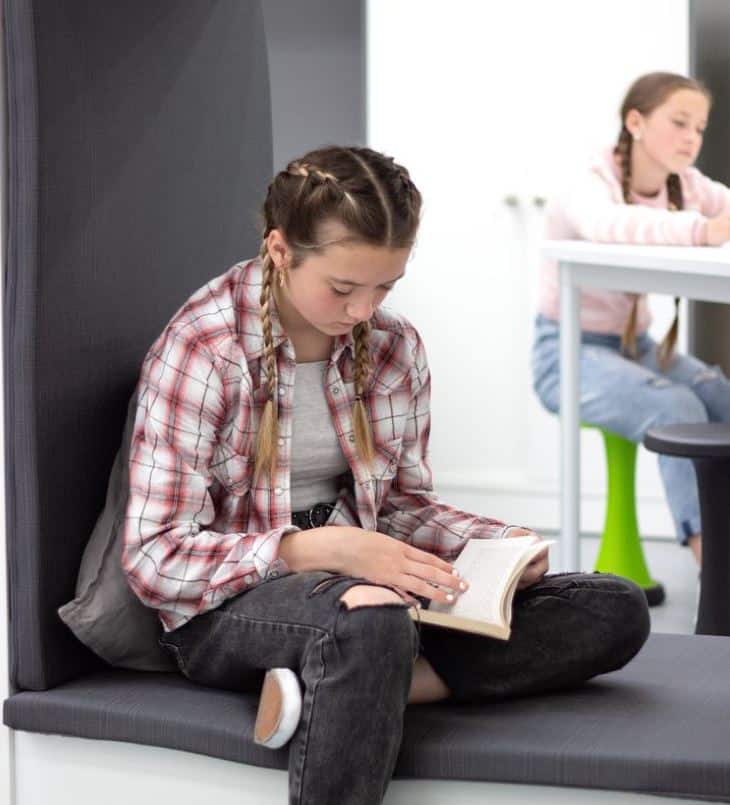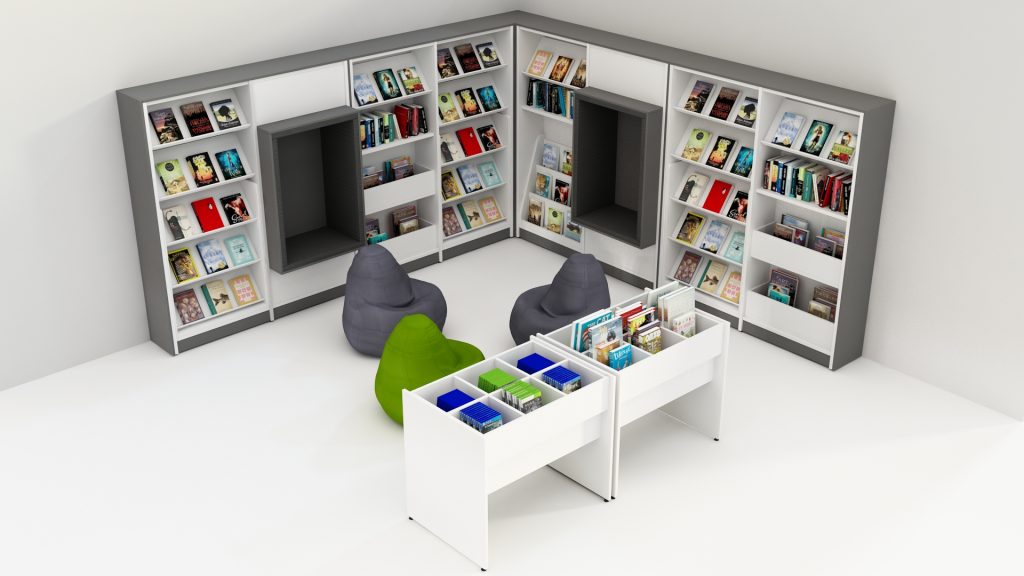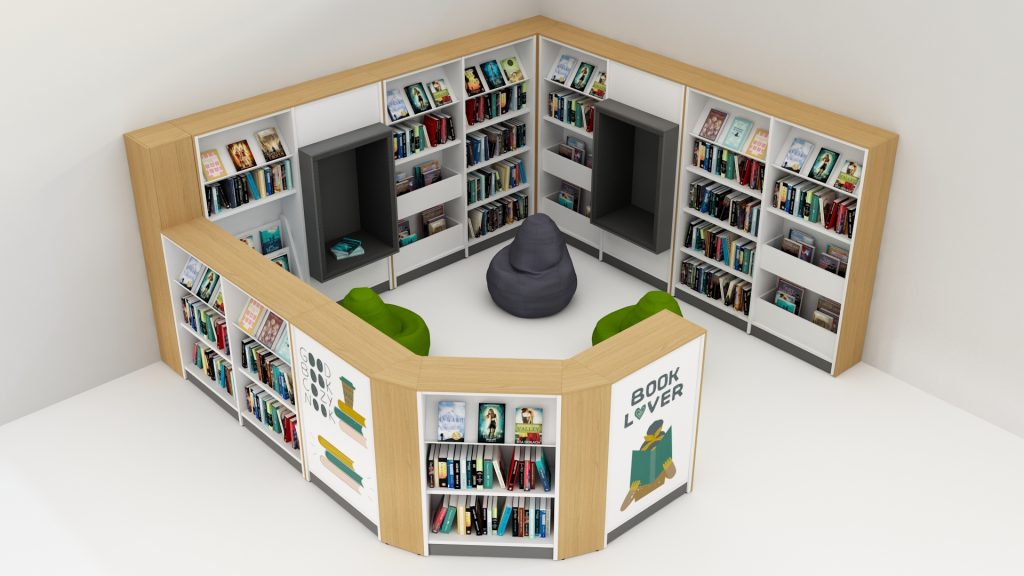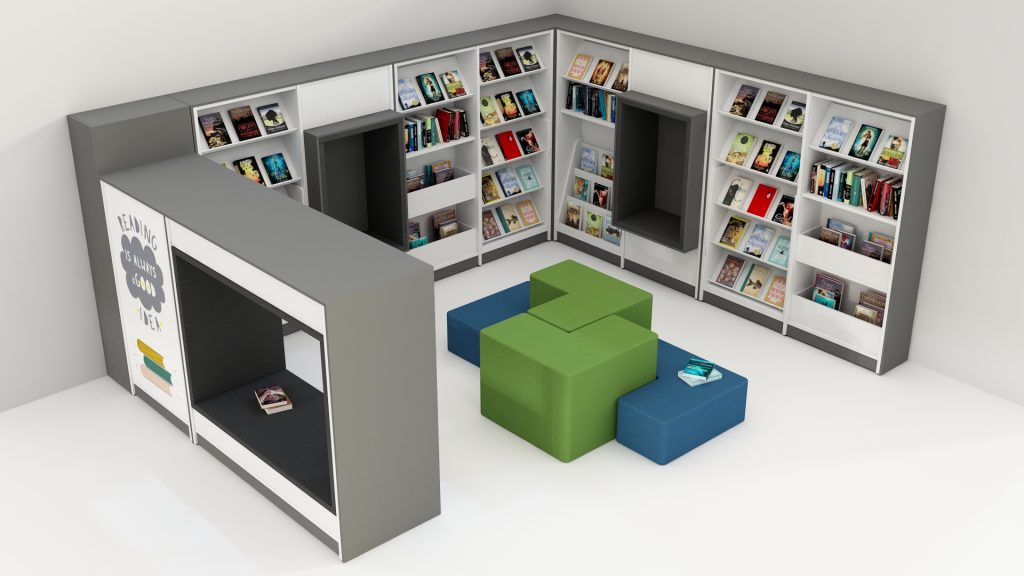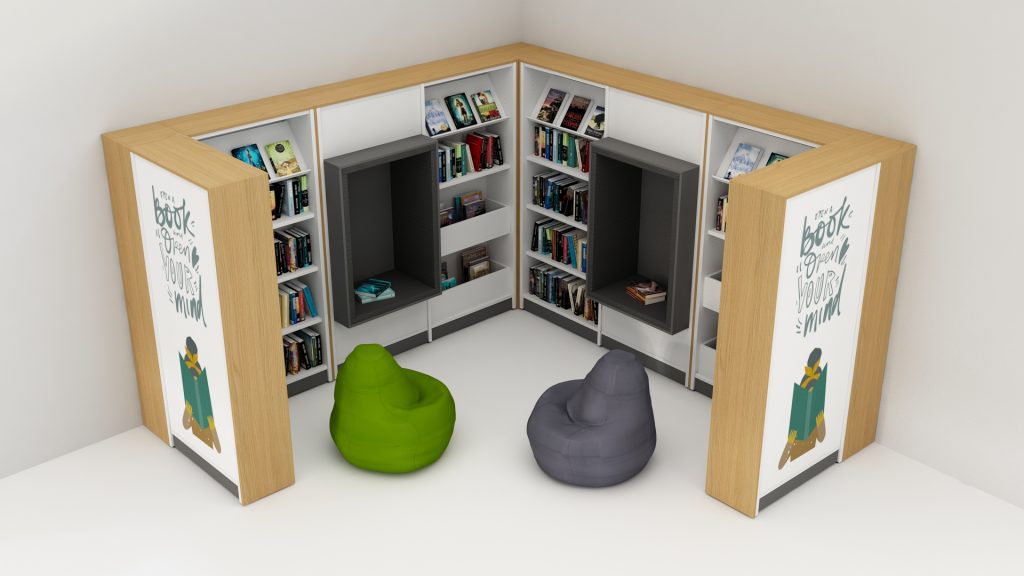Living in a World Full of Distraction
A book was maybe once the best way a teenager could escape from reality, get immersed in a great story, and spend hours entertaining themselves. As well as being a pleasurable hobby, reading may have been the best way to increase their knowledge outside of school.
Fast forward to 2023 and we live in a world dominated by tablets, video games, social media, Netflix, and YouTube, to name just a few. It’s fair to presume that reading a book has fallen down the pecking order when it comes to self-entertainment.
This is backed by a recent UK literacy survey of more than 49,000 children and young adults. Worryingly, it was found that middle adolescence was a particularly vulnerable period for reading attitudes with engagement decreasing (Clark & Teravainen, 2017). In addition, Clark and Teravainen (2017) stated adolescents aged 13–16 reported enjoying reading less and were less likely to read regularly than their younger peers. Merger and Roni’s research (2019) supported this stating that children tend to read less as they enter adolescence.
Furthermore, a study conducted by PEW Research Centre in 2018 found that while 52% of teens (ages 13-17) reported enjoying reading a lot, 23% said they only enjoyed reading a little, and 26% stated that they didn’t enjoy reading at all. The study also highlighted that teenagers’ reading preferences tend to shift towards digital content and social media platforms.
So, with data providing evidence that reading declines in adolescence, why is that a problem? Watching a film is much quicker and less effort after all…
Why Should We Encourage Teens to Read?
A study by Wilkinson et al (2020) provided evidence that reading books offers adolescents an opportunity to gain knowledge, relax, escape from reality, as well as develop their empathy skills, and provide a type of social capital in that they have more to converse about with others.
Furthermore, Torppa et al (2019) reported that students who read more books have increased general knowledge and verbal abilities, better reading comprehension, speed and accuracy, more developed spelling skillset and higher academic achievement.
An older but relevant study conducted by Howard (2011) found reading for pleasure in young teens fulfilled three main functions: improved academic performance, social engagement, and personal development. The study suggested that teens who engage in pleasure reading unconsciously gain valuable insights into mature relationships, personal values and identity, physical safety and security, and an understanding of the physical world. All of these help teenage readers in their transition from childhood to adulthood.
A 2018 National Literacy Trust report ‘Mental Well-being, Reading and Writing’ reported findings from research with young people. The research found teenagers who were most engaged with literacy were three times more likely to have increased levels of mental well-being than teenagers who did not engage (39.4% vs 11.8%).
How Can We Encourage Teens to Read?
Children and teenagers will be encouraged to read in school. However, compulsory reading isn’t the same as reading for entertainment and pleasure. Most often, it will be the teacher who decides on the book or genre to ensure it fits with a mandated curriculum.
Scholastic’s 2016 ‘Australia Kids and Family Reading’ report found that 90% of 12–14-year-olds enjoy books they found themselves the most. This is a high percentage, suggesting that given the freedom and the availability, adolescents will still get involved in reading for pleasure voluntarily.
Furthermore, other factors may affect whether someone will be encouraged to read more. Wilkinson et al (2020) argue the space in which reading takes place should be an important consideration as the right environment can encourage reading.
Choosing a design such as an Everna™ teen reading module, which is made to instantly attract young people to linger and read, is vital. Providing comfortable seating, in a cosy environment or an open den gives adolescents the ultimate safe space to read, free from all other distractions. Once they’ve found that perfect book and a snug environment, they could be lost in their chosen book for hours.
How do teens choose that perfect book though? The Everna™ teen modules are tailored to encourage and empower them to explore new genres, and to find books that they’ll love. One way this is achieved is by placing books ‘face-up’ in front of them to draw their attention. All of our modules incorporate the perfect balance of ‘face-up’ browser shelving, with traditional shelving and seating – creating a space within a space, specifically to engage teenage readers.
A quick look at some of our modules...
Everna™ teen reading modules are extremely beneficial in creating the right environment to encourage teenagers to read. Everna™’s ultimate goal is to “empower teenagers to explore literature, improve literacy and expand their horizon”. Children and teenagers deserve to have this opportunity both inside and outside of school, which is why all of our modules are age-specific and tailored for use in both schools and public libraries.
Thanks to an increasing amount of research, we have a greater and evolving understanding of the importance of motivating adolescents to read to have a positive impact on their lives as adults. This can be achieved by giving them access to an exciting variety of books and the right environment in which to read. They will do the rest themselves!




